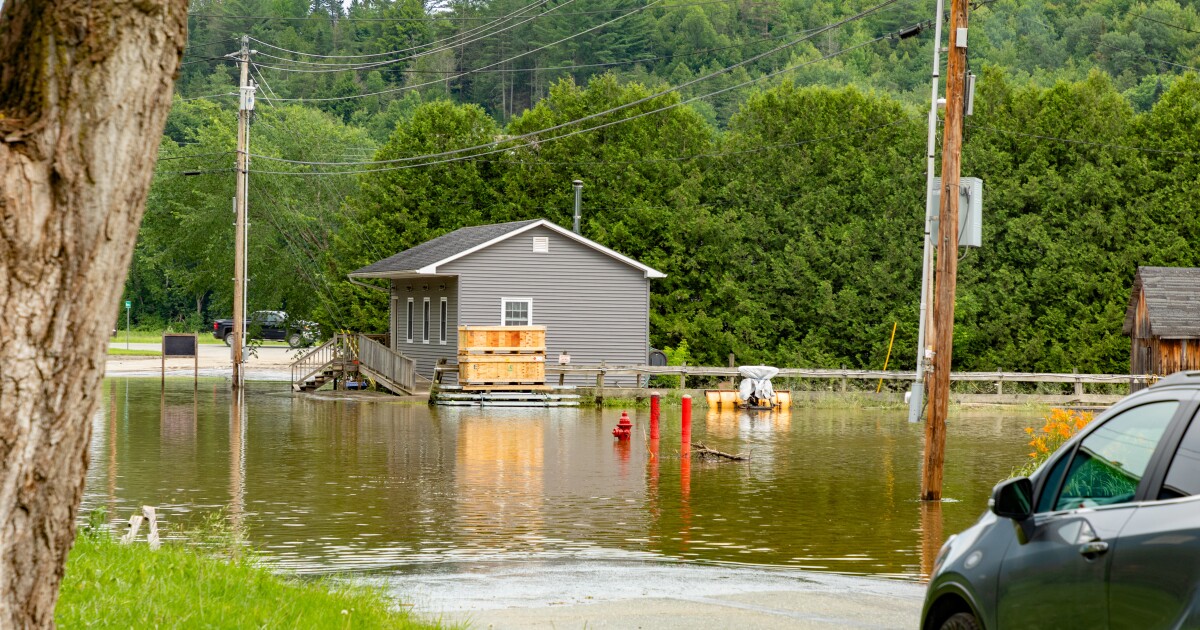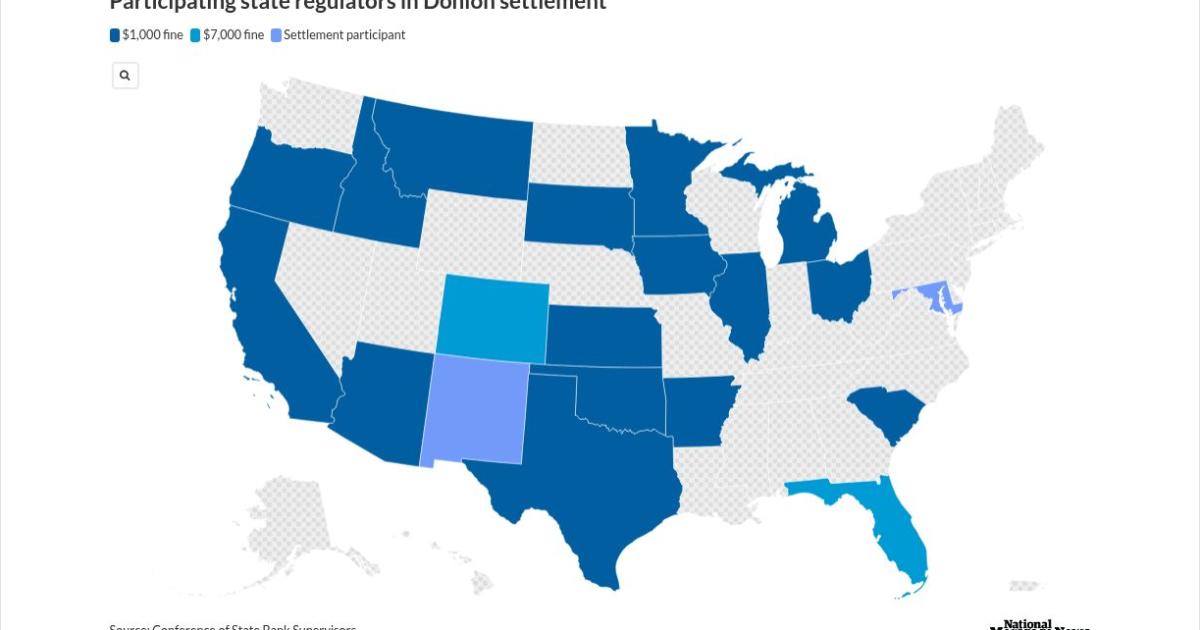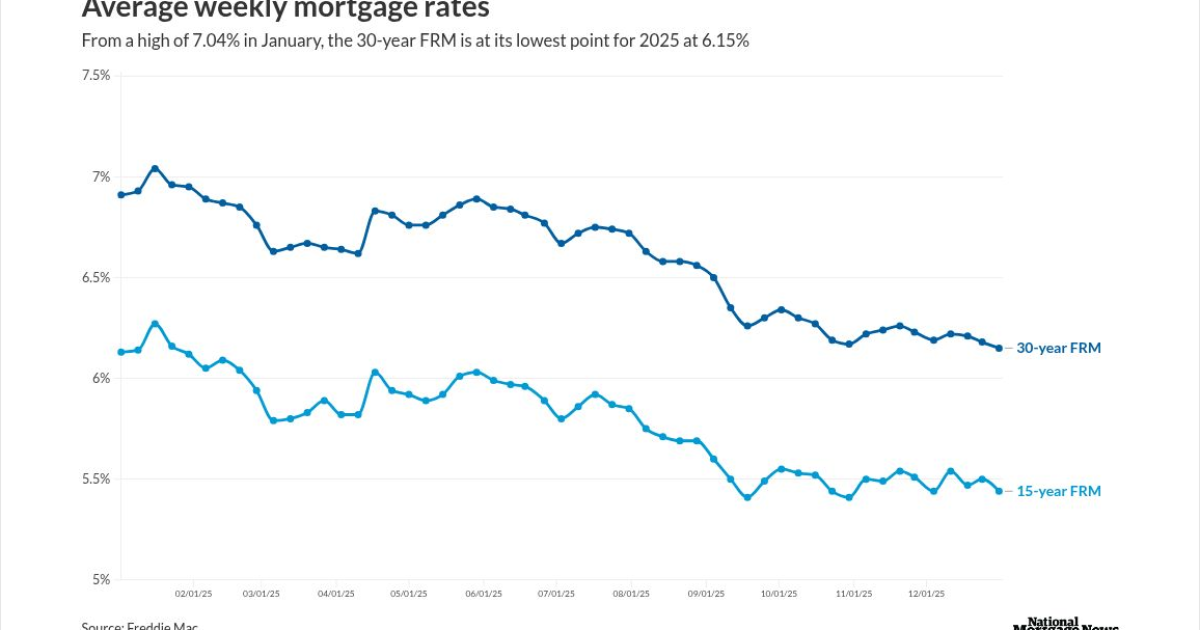
Consumers are getting better at recognizing that they need to do something about the risk that water damage from storms could pose to their houses, but many are still misinformed,
Last year, 28% of consumers took action to address the concern, up from 21% in the influential government-related mortgage investor's last survey, done in 2020. The percentage taking action corresponded with the risk in their area, but many had incorrect information about it.
READ MORE:
"Approximately 40% of those in high-risk zones and only 5% of those in medium-risk zones correctly identified their homes as located in those risk zones," Saif Amin, senior director, climate impact strategy, and Li-Ning Huang, principal market research, said
The research could be setting the stage for mortgage lenders to distribute new documentation about the concern.
"Consumers want information about their current risk, and flood disclosures could help," the Fannie Mae researchers said.
A new protocol, such as requiring mortgage companies to distribute such information, would likely get a mixed reception unless it came at a manageable cost for all stakeholders and effectively improved consumer understanding.
If disclosures were added and centered on flood zones, they'd likely need to include a disclaimer related to their status as an imperfect measure of actual risk, in line with
Disclosures could help borrowers better protect themselves and servicers from damage to their properties that could hurt loan performance and the value of collateral if properly understood and acted upon. But implementation costs could be an issue.
The expense associated with managing flood risk is a growing concern that extends to the federal insurance program that's been
More than 40% of respondents to the Fannie Mae survey had significant concerns about premium increases during 2022 compared to 31% in 2020, with the average increase last year being just shy of $250. That's added to
"Recent insurance market trends have been unfavorable to consumers," the two researchers said.
Yet both the federal flood insurance program and
"Florida homeowners carriers generally benefited from significantly higher policy pricing which generated underwriting gains and contributed to modest surplus growth. However, sharply higher reinsurance costs dampened profitability for primary carriers," Kroll Bond Ratings Agency found.
One contributing factor to Florida's risk
While Florida has had a relatively mild hurricane season, other regions have had a tougher year where flooding is concerned,



